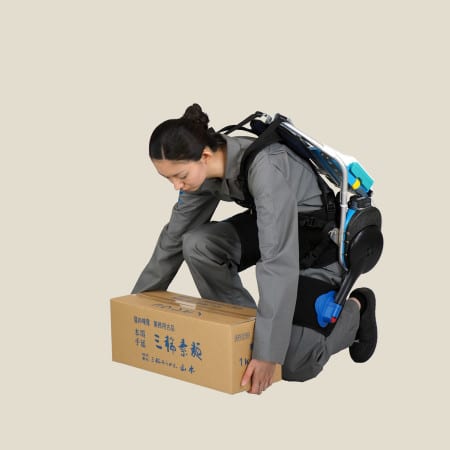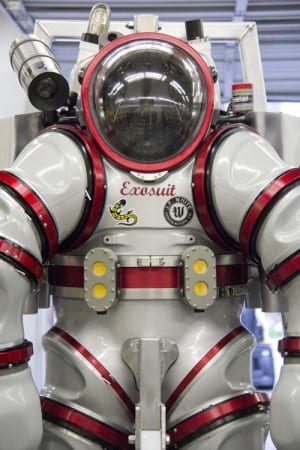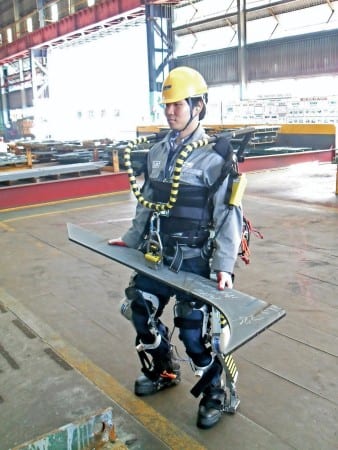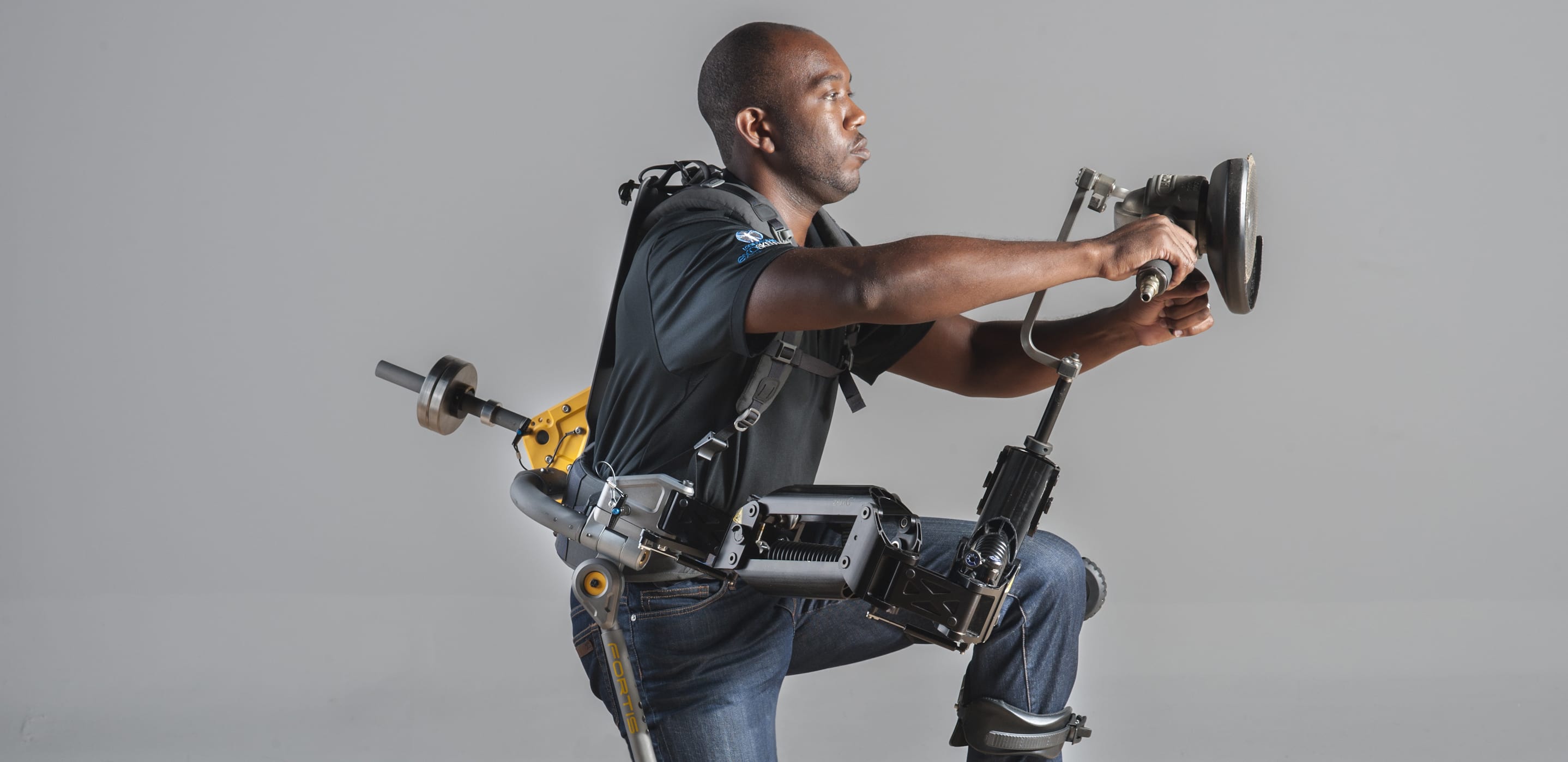While cyborgs with superhuman strength may sound like something out of a futuristic movie, harnessing the power of machines to enhance humans is no longer a thing of fiction. A new breed of bionic suits give users the strength to lift heavy objects, the flexibility to service underwater pipelines or the support needed to perform repetitive tasks.
Field service workers face physically demanding work every day — operating heavy machinery, climbing ladders, kneeling for long periods of time — that increases their risk of injury. We took a look at the specs of four different exoskeleton suits that, despite the sticker shock, offer a peak at a safer, stronger and more innovative future in field service.
 Assist Suit AWN 0-3
Assist Suit AWN 0-3
- Overview: The AWN 0-3 suit, developed by Activelink, a subsidiary of Panasonic, primarily helps users to lift and lower heavy loads. The suit fits around the user’s shoulder, waist, and one thigh. Motors located on the user’s lower back, knees and ankles help to reduce stress on the user’s back when they lift or lower objects.
- Uses: Enhances strength for cargo lifting or moving heavy objects.
- Load support: Allows user to carry up to 33 pounds of extra load.
- Weight: 13 pounds
- Cost: $8,100
- See it in action here
 FORTIS Exoskeleton
FORTIS Exoskeleton
- Overview: Lockheed Martin’s FORTIS Exoskeleton is designed to move with the user’s body. It connects at the ankle, knee, and hip and transfers loads through the exoskeleton to the ground so users can more easily operate heavy tools. The suit is designed to be worn in various environments; a user can climb stairs or a ladder with the suit on, or kneel or crouch easily. FORTIS claims to reduce muscle fatigue by 300 percent.
- Uses: Allows users to easily operate heavy tools, decreases muscle fatigue and increases endurance and productivity.
- Load support: Allows user to carry up to 36 pounds of extra load.
- Weight: Fewer than 27 pounds
- Cost: Not yet listed
- See it in action here
 Exosuit Atmospheric Diving System (ADS)
Exosuit Atmospheric Diving System (ADS)
- Overview: The Exosuit by Nuytco Research, a leader in the development and operation of undersea technology, is a hard metal dive suit that allows users to safely operate up to a depth of 1,000 feet. Normally, after diving this deep, divers have to spend days in a decompression chamber. However, the Exosuit eliminates this need by maintaining surface cabin pressure. It has 18 rotary joints in the arms and legs that allow divers to maintain the dexterity and flexibility needed to perform delicate work. It boasts 50 hours of oxygen, 1.6 horsepower thrusters, an intercom and an HD camera. It also has large add-on tools including small grippers, a saw for cutting lines and a hook.
- Uses: Divers have used the Exosuit to do internal repairs on water supply pipes in New York City and to monitor oil pipelines off the coast of Dubai.
- Weight: 500 to 600 pounds
- Cost: $600,000
- See it in action here
 Daewoo Shipbuilding and Marine Engineering
Daewoo Shipbuilding and Marine Engineering
- Overview: Daewoo, one of the largest ship builders in the world, is working to outfit their staff in exoskeletons. This exoskeleton straps on the user’s feet, thighs, waist and chest, helping them to lift heavy objects through a system of hydraulic joints and electric motors. Users can attach additional frames to the backpack of the suit — like a small crane — to help them perform specific tasks.
- Uses: Lifting heavy objects and manipulating heavy objects with precision.
- Load support: Allows user to carry up to 66 pounds of extra load.
- Weight: 62 pounds
- Cost: Not yet listed
- See it in action here


Share this: